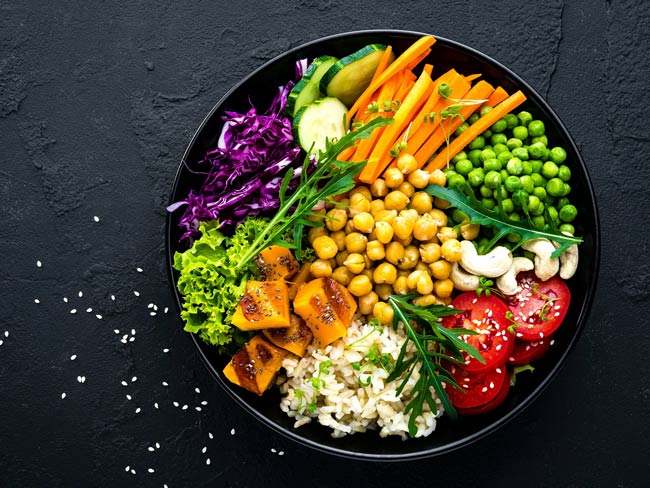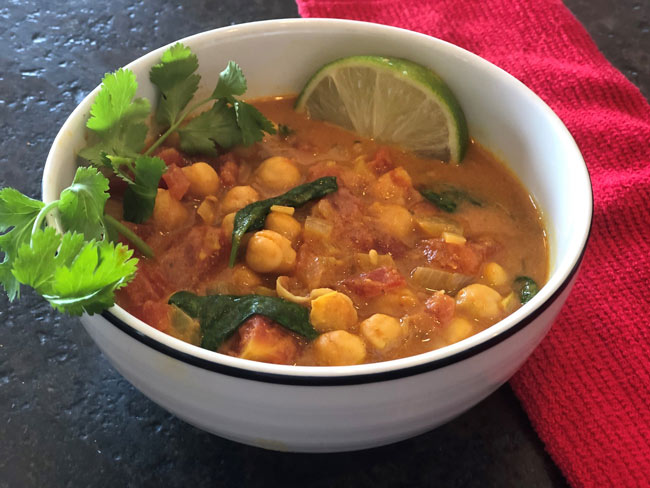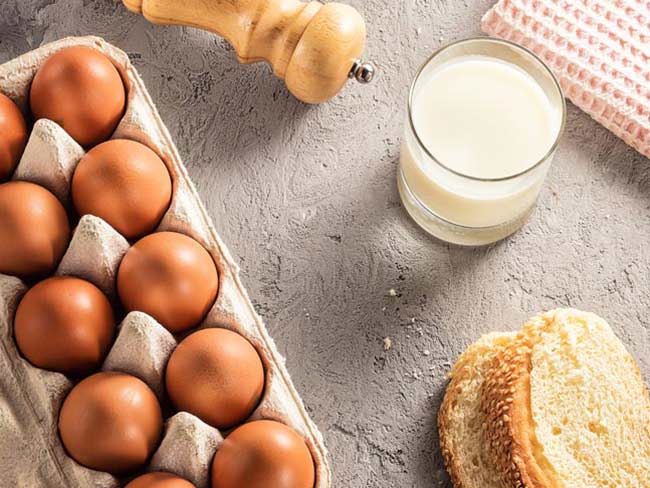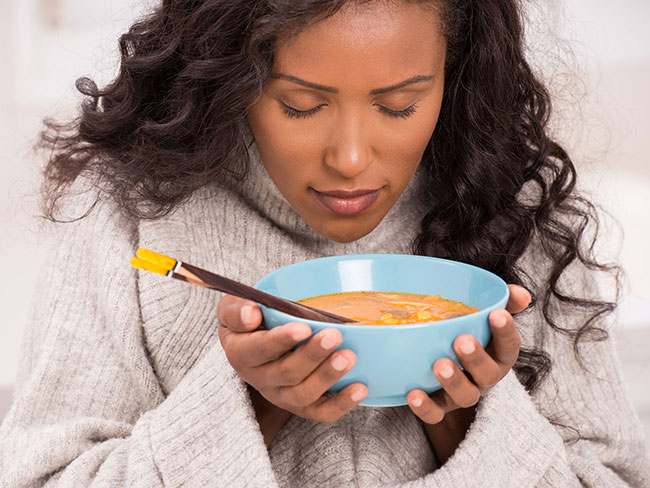Kids in the kitchen
“Help” in the kitchen, whether from a tot or a teen, can take on a whole new meaning. Visions of a trashed kitchen and inedible meals may enter your mind. Be prepared for a few messes and some meals that don’t match up to the recipe photo. However, with a few ground rules, having kids help prepare your meal can pay off in big ways.
The benefits of having kids help in the kitchen are numerous. Here are some:
- Better eaters: Involving kids in meal planning and preparation increases their willingness to try a food. Frequent exposure to new foods, not trickery or bribery, is the number one predictor of success. Don't count on the pay off right away, though. Your kids may gladly help prepare a recipe they won't touch.
- Learning: Kitchen tasks can incorporate stealth reading and math lessons. (“Read me the first step. How much flour do we need if we double the recipe?”). You can even throw in a quick science lesson. (“Why do we add baking soda to the muffins?”). Involvement in the kitchen can also help your kids learn where their foods come from.
- Motor-skill development: Assign age-appropriate tasks to keep little hands busy. Preschool-aged kids can help wash or mix ingredients. Older kids can help measure ingredients or cut herbs with blunt kitchen shears.
- Confidence: Seeing a recipe through from start to finish and sharing the finished product with others is a great way to build confidence.
- Family bonds: Sometimes, meal prep can feel like one more obligation in a busy day. Involving the family allows you to spend time with family while accomplishing a task. Cooking together can create fun memories, and probably a few funny stories.
Where to begin?
Start with a favorite family recipe or explore a new recipe together. Don’t be overwhelmed by preparing a whole meal at first. Smoothies, soups and dips are great to start out with in the kitchen. They usually allow for ingredient substitutions and don’t take a lot of time.
Try to strike a balance between exposing kids to new foods and including a favorite ingredient, such as a few chocolate chips in whole-grain muffins or pancakes.
Keep it safe
A few ground rules will help keep the kitchen experience fun and safe for everyone.
- Wash hands: Everyone should wash their hands before and after handling food.
- Rinse produce: Produce should be rinsed well before preparation.
- Taste food safely: Even though most of us grew up sampling raw cookie dough without getting sick, the USDA advises against it. The raw eggs and uncooked flour do pose a small but real risk of foodborne illness. Encourage taste testing of safe foods that do not contain raw eggs, uncooked flour or other unsafe raw foods, but with a clean spoon that doesn’t go back in the dish after tasting.
- Be aware of kitchen hazards: Only allow knife use when your child can safely handle it and make it clear if the stove or other equipment is off-limits. Keep containers with hot liquids out of reach of little ones.
Enjoy some time in the kitchen with kids. The next challenge will be to get them to hang around for the clean-up portion of the meal!





